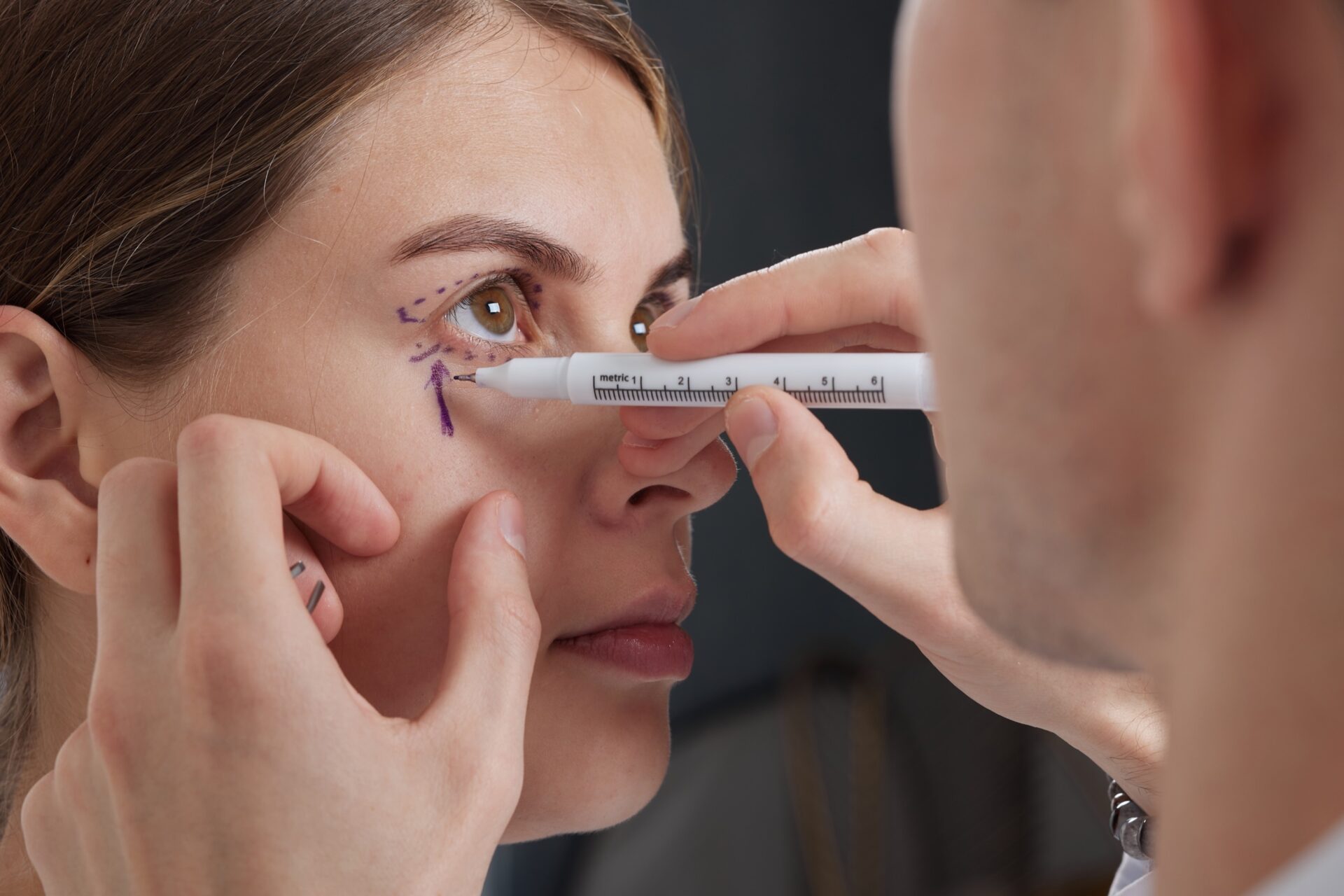Trust the best to look your best – Ophthalmology Consultants’ team includes an experienced surgeon who specializes in cosmetic and reconstructive surgery and is dedicated to helping you achieve a youthful appearance while also caring for your eye health.


Oculoplastic surgeons are ophthalmologists (eye doctors) who have specialized in eyelid and facial plastic surgery. Oculoplastic surgeons are trained to do many different types of eyelid and facial surgery, ranging from simple eyelid malposition to more complex reconstruction involving the eyelids and surrounding forehead, temporal, and cheek areas. They understand the delicate anatomy and function of the eyelids and their surrounding structures. As well as the eyelids, they specialize in the lacrimal (tear) system, the orbit (bone cavity around the eye), adjacent periocular (around the eyes) and facial structures, and the forehead and cheeks. Oculoplastic surgeons are also known as ophthalmic plastic and reconstructive surgeons and oculo-facial surgeons.
Oculoplastic surgeons assess the surface health of the eyes and function of the eyelids prior to eyelid plastic surgery. As dedicated eyelid plastic surgeons, an oculoplastic surgeon routinely does surgeries in these areas, and recognizes potential problems. Oculoplastic surgeons are trained to manage the complications of eyelid and facial plastic surgery which can involve the eye itself.
The eyes are the focal point of the face and the effects of aging can cause eyes to have a tired or angry look. Lax, droopy skin on the upper eyelids, under-eye bags, and low or saggy eyebrows can make eyes look tired and older. These issues can present both cosmetic and functional consequences—all of which can be remedied by our experienced oculoplastic surgeon for a more youthful, alert, and positive appearance. Learn more about how we can help you look as young as you feel by addressing the delicate and fragile tissues in the eye area to:

Botulinum toxin was first developed by an ophthalmologist decades ago and has been safely used to treat a variety of medical conditions such as crossed eyes, eyelid or facial spasms. While treating these medical conditions, ophthalmologists noted the added beneficial cosmetic effects resulting from relaxation of the muscles around the eyes and face. Botulinum toxins such as XEOMIN® and BOTOX® are now the most popular non-surgical cosmetic treatment in the world. Men and women alike are enjoying the benefits of a more refreshed, youthful appearance.